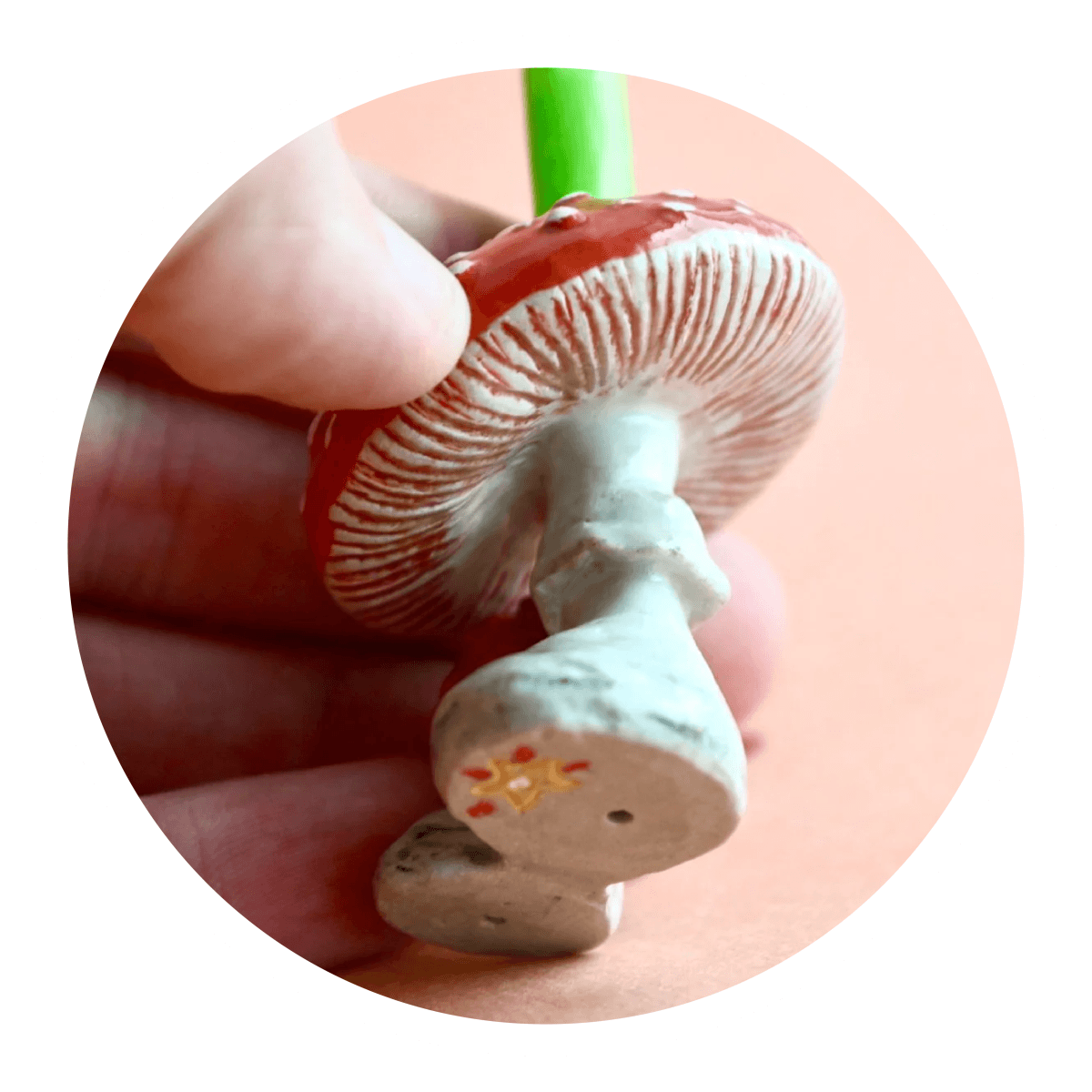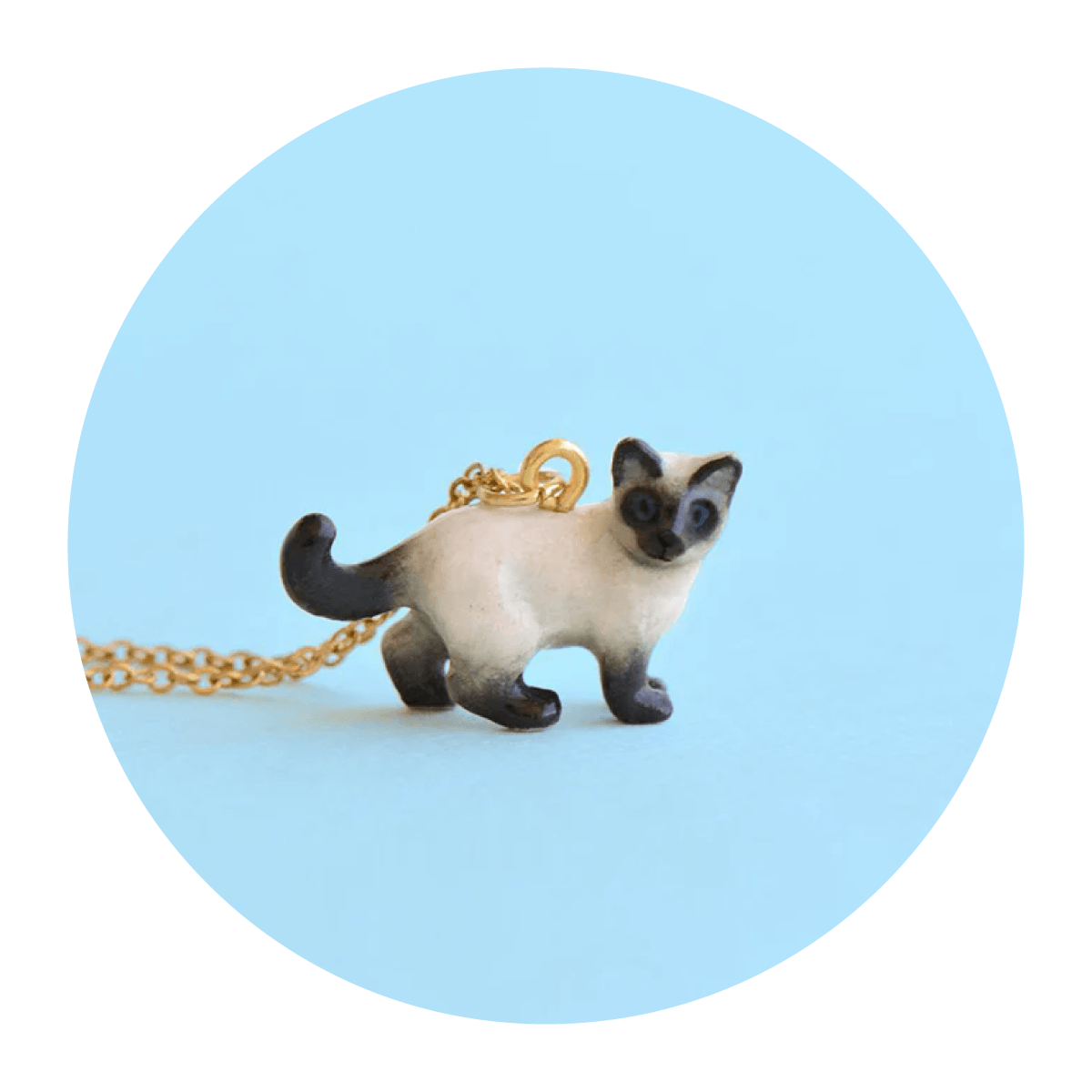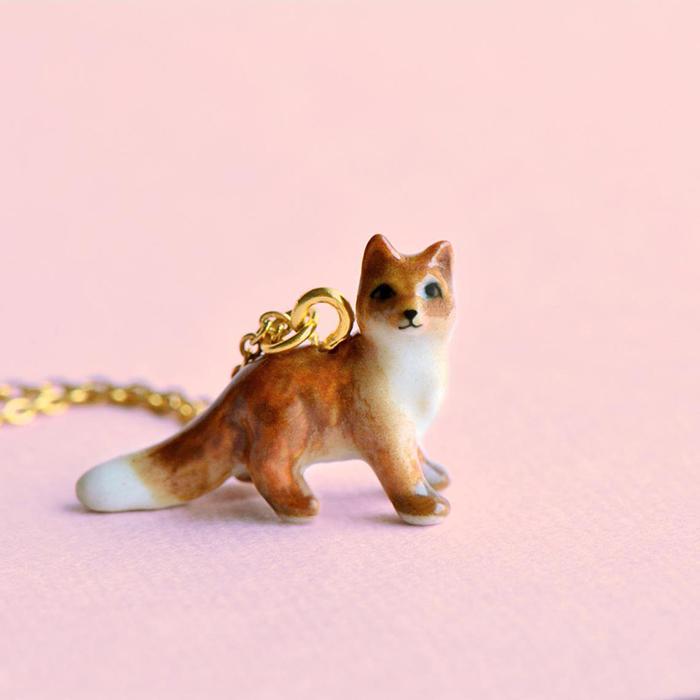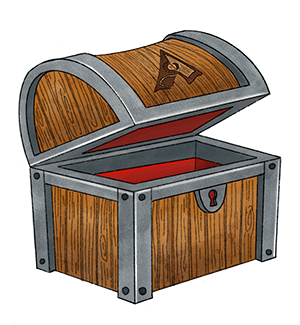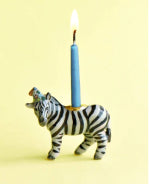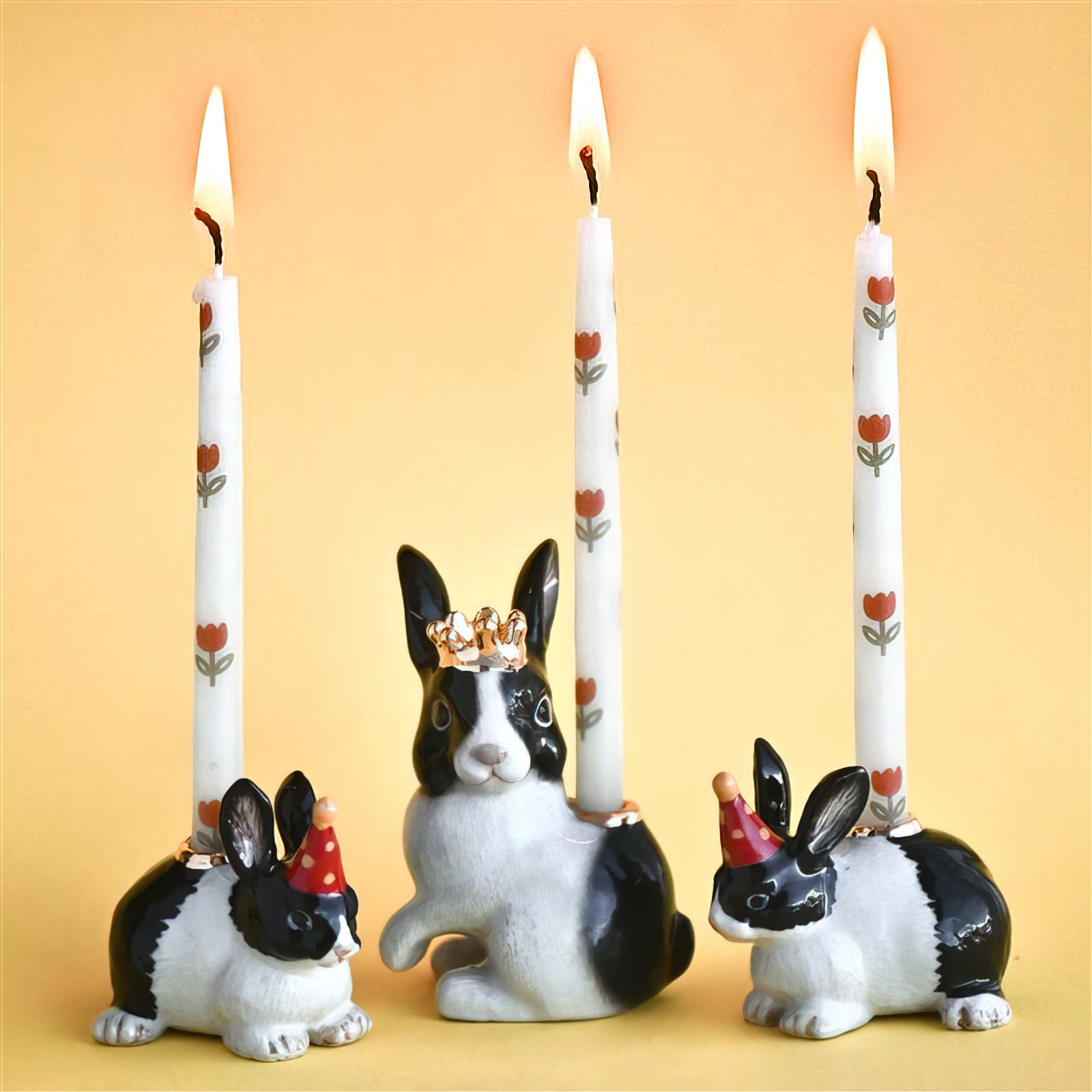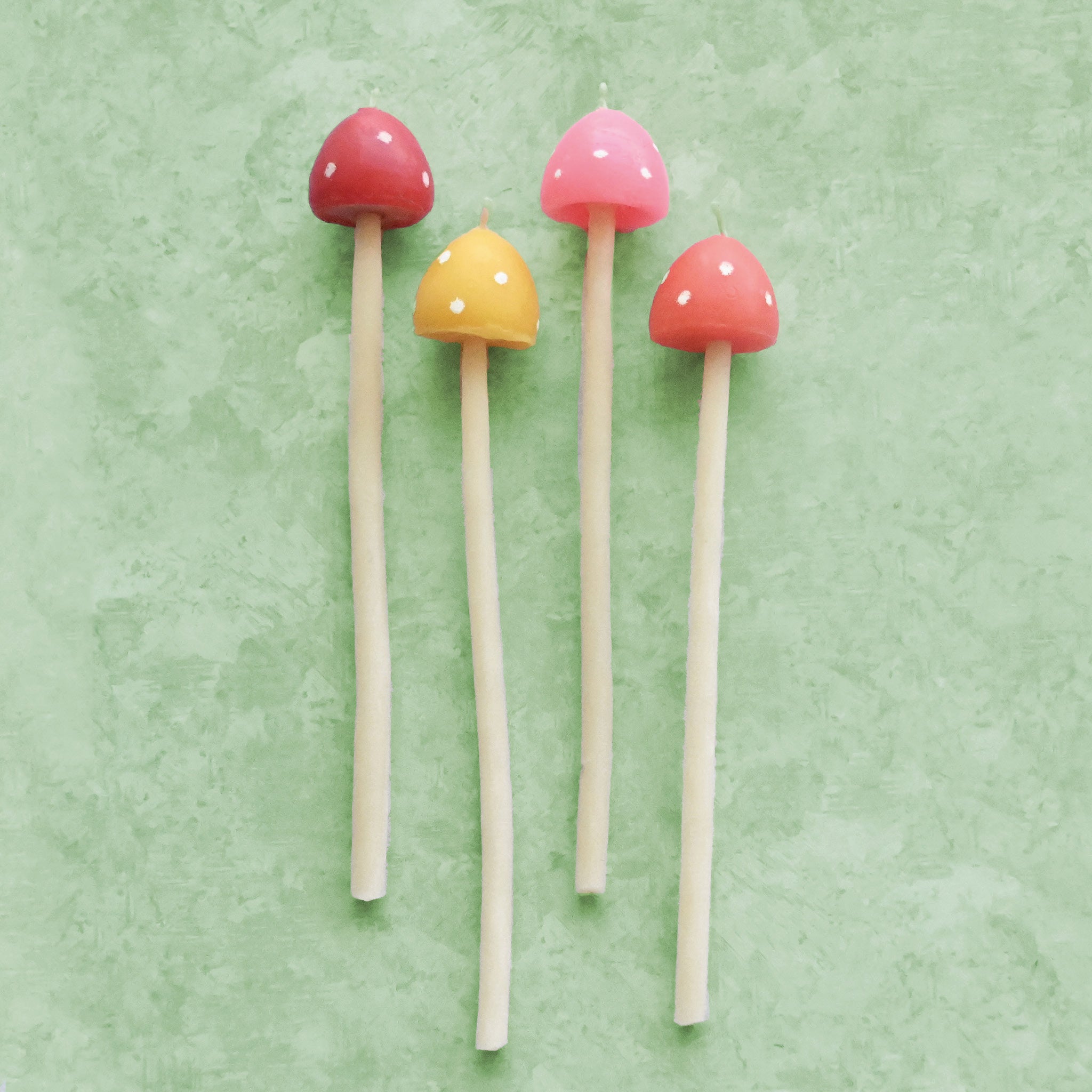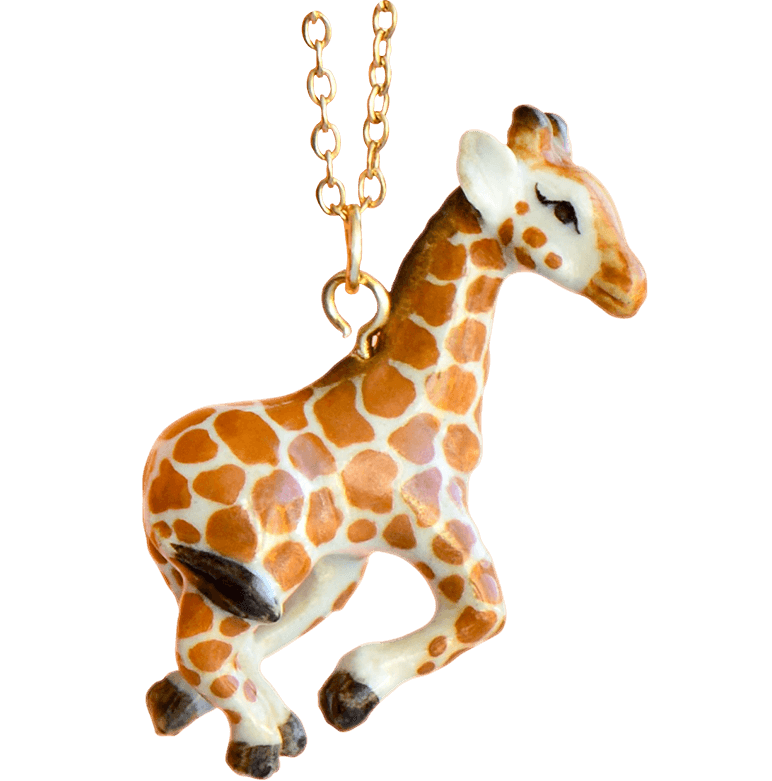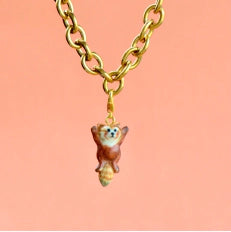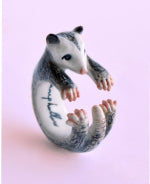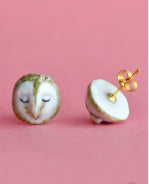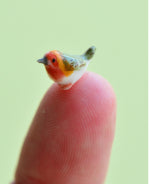How to Clean and Care For Your Camp Hollow Ceramics!
Posted by Juliet Mueller on Tue, Feb 22, 22
An elegant and dynamic alternative to typical jewelry mediums, ceramic has a reputation for being a durable, beautiful, and organic material. The artistry, craftsmanship, and level of detail displayed in each of Camp Hollow’s handmade items speaks to the versatility of ceramic, and inspires us to further push the boundaries of the medium. From our World’s Smallest Animal Figurine series to our wide range of nature-inspired necklaces and cake toppers, Camp Hollow remains a leading champion of artisanal ceramic practices.


Ceramic has been used as a jewelry material for thousands and thousands of years. From its origins in sculpture around 28,000 BCE, ceramic grew wildly in popularity and went on to be used for pottery, building, farming, and food storage; and eventually for beads around 3,500 BCE. It’s not a mystery why this strong, abundant, and natural resource has endured the test of time and thrived in modernity.
When fired and glazed, ceramic has a beautiful, shiny finish and can be painted with any colors or patterns. Jewelry made from clay has an inherent uniqueness to it-- no piece is exactly the same, and the presence of the artist always remains somewhere within the finished product. Porcelain and ceramic jewelry has the sense of being both ancient and modern, natural and customizable. It also has the added benefit of being cost-effective as compared to other precious materials used to make fine jewelry. Fashionable, comfortable, accessible, and imbued with history, what’s left to desire from an accessory?
With all of their special qualities, ceramic items need to be cared for and maintained. The beautiful porcelain and ceramic Camp Hollow pieces in your collection are durable, resilient, and made to last for generations, but you can assist in their longevity by learning a few simple tips to properly clean and store your treasures.
Care and Maintenance of Ceramic Jewelry
- Removing Stains: Cleaning stains from ceramic jewelry can be tricky. You'll need to use different tactics for different types of stains. There are numerous ways to go about cleaning your jewelry pieces. If your jewelry is made from non-porous, precious metals, you may use warm (not hot) soapy water and a toothbrush for extra scrubbing power. Porcelain and ceramic jewelry can be cleaned the same way, but avoid using soap or cleaners with ammonia or bleach. Citrus oils, like lemon juice, will clean many types of stains from gems and metals.
- Air Dry + Use A Soft Cloth: Clean your jewelry regularly by using a soft cloth dipped in warm soapy water. Rinse it with clean water, then let air dry, or wipe gently with a cotton or microfiber cloth. Do not immerse or soak your jewelry for a prolonged period of time.
- Avoid Using Abrasive Cleaning Agents: Alcohol, acids and other abrasive cleaning agents should not be used to clean ceramic jewelry on a regular basis. Using alcohol and other liquids containing acid on finished ceramics should only be done to remove severe, tough stains. These cleaning methods can disturb the surface of your pieces, causing them to lose color and detail. Using acid cleaners can also harm your health if the mixture comes in contact with your skin. If you use an acid-based product on your ceramics, be sure to wear gloves and goggles, and thoroughly rinse everything to prevent any lingering acid from eroding the surface.
- Avoid Extreme Heat + Humidity When Storing: High humidity and fluctuating humidity levels can cause surface damage in ceramics through a reaction called efflorescence. Efflorescence occurs when humidity dissolves the salts present in ceramic and allows them to rise to the surface, disrupting the glaze and finish of the piece. High heat can also be harmful to your ceramic jewelry. Fired ceramics are incredibly strong, and can withstand normal variations in temperature below several hundred degrees, but the metal hardware and gold steel chain on Camp Hollow necklaces and charms should not be exposed to high temperatures.
- Avoid Wearing During Certain Activities: It’s best to take off your Camp Hollow pieces when swimming in chlorine or seawater, when exercising, and when doing any activities that could risk your piece being hit against something or dropped. Salt and harsh chemicals can wear down the finish, and while ceramic is a very durable material, you should protect your jewelry from impact against hard surfaces like concrete, metal, or wood.
- Store In A Proper Place: Keep your Camp Hollow treasures safe and sound in our signature padded Storybook + Treasure Chest boxes, store them in your favorite jewelry box, or hang on a jewelry tree. Ceramic jewelry should be stored in a way that protects it from hitting up against hard surfaces or other jewelry items, and should be kept in environments with low humidity. It’s a good idea to separate your ceramic pieces from other jewelry items to decrease the risk of tarnish and damage!


We hope that this guide has been helpful, and has inspired you to take good care of your Camp Hollow treasures! All of the ceramic pieces we design and sell at Camp Hollow were dreamt up and crafted by a small team of dedicated artisans, and were created to last for several years and be passed down through generations. Ceramic is a powerful, durable, and sustainable material, and with a little care and patience, Camp Hollow creations can have amazing longevity!

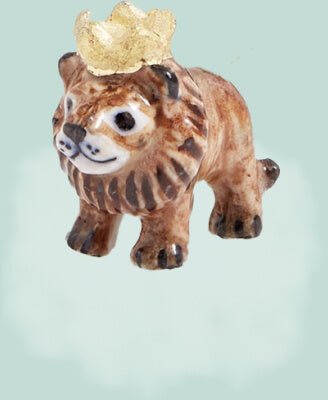
Bee-come a Camper
Promotions, news, stories, and more magic, directly to your inbox.

Thank you for subscribing!
We are so excited to have you
Collections
More

















